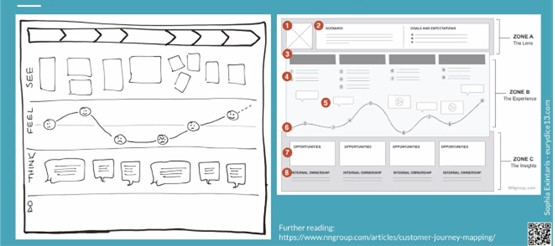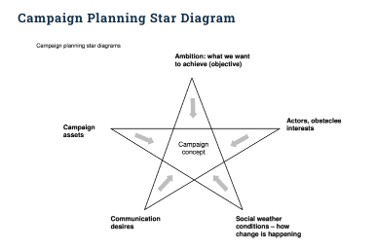| Issue |
Problems |
Fixes |
| 1. Blog not integrated with web site |
- Missed SEO opportunity
- Potential for brand/design dilution
- Send visitors away from your site
|
- Sub domain
- Web site folder
- Separate domain
|
| 2. Too much product centric information |
- Users expect educational content
- Users unlikely to value/return
|
- More time on educational, data driven and thought provoking content relevant to your sector
- Make it a thought leadership resource
|
| 3. Infrequent or inconsistent posts |
- Clients lose interest and/or go elsewhere for regular information
- Creates negative impression
|
- Try to blog each week
- Encourage all employees to blog
- Develop an editorial calendar
- Plan topics to be covered
- (My idea here is to “spark” posts by scanning for topics)
|
| 4. Off-topic content published |
- Blog lacks a theme – so unclear for the audience
- Community not built
|
- Decide on a focus for the blog – set goals
- Generate a list of key words
- Adopt a specific industry related issue
- Consider your target clients
|
| 5. No content variety |
- Boring
- Fails to attract attention
|
- Consider charts, audio content, cartoons, infographics, guest blogs, curated lists, industry related book reviews, Q&As and videos
|
| 6. Failing to encourage engagement |
- One way interaction only (broadcasting stuff without interacting)
- Not very social
|
- Keep comments open
- Monitor and reply to comments
- Don’t moderate comments
- Ask questions
- Listen (and respond to) feedback
|
| 7. Failing to optimise for search |
- Missing opportunities to increase search performance and increase web traffic
|
- Develop an SEO strategy
- Identify key words
- Optimise blog content for those key words (page title, URL, H1 (header tag) and blog title
|
| 8. Implementing poor blog design |
- Missing graphic elements
- Diluting branding
|
- Include a Call to Action (CTA) in every post
- Subscription facilities
- Clear connection to the web site
- Social media follow and sharing buttons
- Post previews
- Sort content
- Headline formatting
- Images
- Fast page load times
- Clean sidebar
- Search box
|
| 9. Rushing blog titles |
- Missed readership
- Reduced SEO performance
|
- Actionable
- Keyword conscious
- Brief and clear
- Definitive
- Intrigue
|
| 10. Not sourcing content |
- Lacks fresh content
- Uninteresting blog
|
- Select and curate quality content
- Welcome guest bloggers
- Encourage employee contributions
|
| 11. Not optimising for lead generation |
- Not enough Calls to Action (CTAs)
|
- Revise old blog posts and add CTAs
- Ensure all new posts have CTAs – content focused offers, product focused offers, free trials, downloads, demos, top and side bar ads, anchor text links
|
| 12. Failing to promote content in social media |
- Failing to get blog out to wider audience
|
- Create a social media presence
- Share links to blog content in social media
- (Integrated marketing, PR, social media and selling strategy)
- Make social sharing easy
|
| 13. Ignoring blog analytics |
- Fail to learn what works and what doesn’t
- Risk of continuing to invest in unproductive blogs
|
- Monthly visitors
- Traffic driving key words
- Blog subscribers
- Comments generated
- Page views
- Leads and conversion rate
- Inbound links
- Social media shares
|
| 14. Not testing blog elements |
- Lack of confidence in what works and what doesn’t
|
- Test alternative blog titles, calls to action and design/layout
|
| 15. Expecting overnight success |
- Risk of abandoning blog before giving it a proper chance
|
- Invest the necessary time, effort and commitment
- Resource it properly
|









